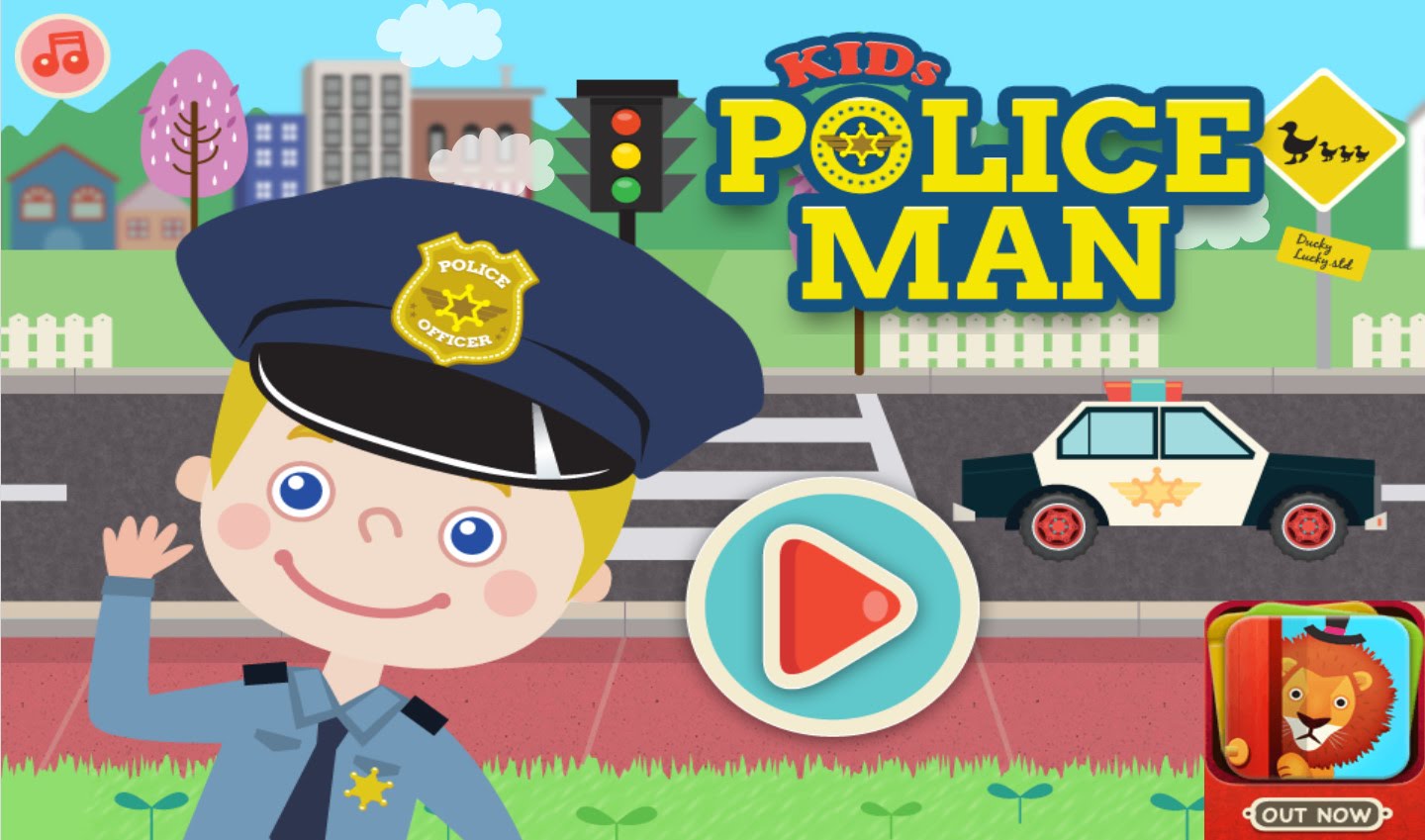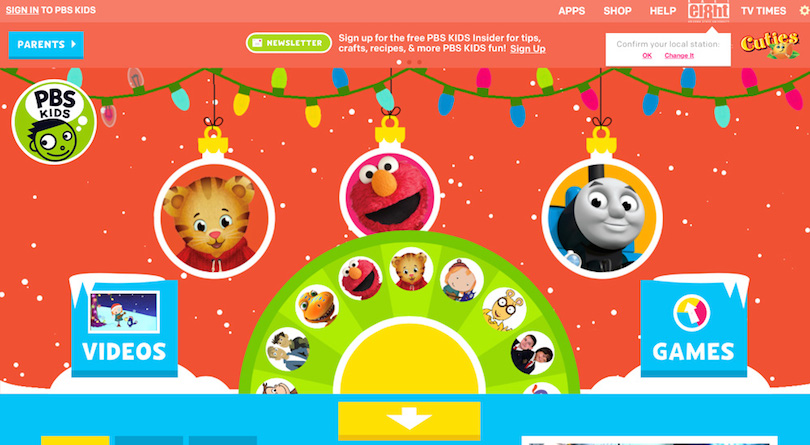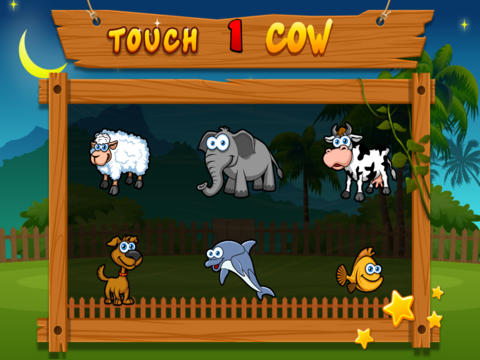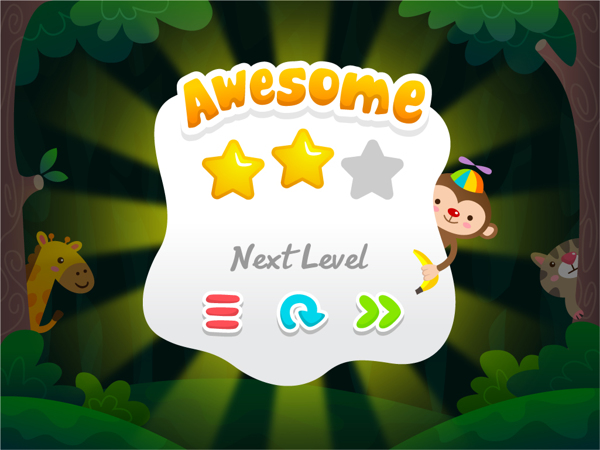Developing apps for kids is an entirely different kettle of fish. In this blog we will be looking into those distinguishing aspects that developers must consider when developing apps for kids’.
How do adults react to an image which take minutes to load? They just wait patiently for it to get over, with a yawn or two in between. Picture the reaction of kids caught in similar situations: they will tap the screen over and over again for things to happen at once.
And when it still doesn’t happen they yell out “Mommy, it doesn’t work.”

Kids are different, and their apps need to be different too. Understanding this difference can help developers design fun-filled and engaging apps. To deal with scenarios like the one mentioned above, developers need to weave something into the solution so that their impatience can be tamed for a while. This something can be a distractive alternative to the loading process. For instance, to offset the long loading time (24 and 28 seconds) of the app The Fantastic Flying Books of Mr. Morris Lessmore, developers incorporated a soothing splash screen music until the app finishes loading. Likewise, having a puzzle or perhaps an animation in place of music can keep children calm till the loading gets over.
Developing apps for kids is an entirely different kettle of fish. Before anything else, developers require an inside-out understanding of their world. In this blog we will be looking into those distinguishing aspects that developers must consider when developing apps for kids’.
Do Away with Home Screens!

Can home screens be of any use to children? Certainly not for those aged between 1 to 3 years and may be of some use for those between 3 to 6 years. But not building one can serve them better, because the need to go back to the home page, to resume a game all over again can frustrate them to no ends. Design the app for an immediate launch and kids will lap it up.
Make Settings Non-Intrusive

Settings are a function for parents, not for kids. Hence, having them outside the device settings panel makes no sense, as children may tap them accidentally and trigger an unwanted response. If the app requires frequent configuration like change in language or music, then the settings should kept non-intrusive so that an accidental tap will not affect the performance of the app.
Not All Intuitive Gestures Work for Children

Functionalities like tilt, inch, multi-touch, double tap make operations complex for children. Instead, tapping, drawing or swiping come more easily to them, and hence focusing only on these gestures can make the app design more child-friendly. Ideally, employing dual functionality of swipe and tap is the best option. Make sure the tap area is large enough. Also the tap should be accompanied with a sensation of sound so that they know they have done it right.
If you use buttons or game objects as the interactive elements, then make them visually distinct by contrasting the color, giving the right art style and correct line weight. Furthermore, ensure none of the buttons are positioned towards the edges of the screen as children tend to rest their wrists along screen edges.
Limit Audio and Enhance Visual Instructions

As audio instructions do not draw children’s attention as much as visual, keep audio instructions minimal and precise, and compensate it with visual instructions. In fact more visual the instruction are the better. For example, if the child has to move something from one location to another, this path should be highlighted or visually indicated in some way. This design form particularly works for children who want the app to guide them at every step. For instance, the app Toy Story for iPad, has every such small hand holding details like: a glowing light in the middle of the character tells kids to tap it to initiate new actions, such as hearing voices or make it perform.
Good design lends itself heavily to the fun of gaming or learning. If you hit on a killer idea, remember the challenge has just begun – you need to back it with a killer design – and pulling it off isn’t easy, till you learn to think like a child.
Smartcoders is an expert mobile app development company with years of experience in developing innovative learning and .
AuthorBio:
Subash is a senior technical writer/editor at GetsmartCoders, a part of Bangalore-based technology services outsourcing company Flatworld Solutions. Having committed himself solely to learning the trends of evolving technology, he views technological advancement from a rare perspective and analyzes them with consuming interest. His views have been published in well-known Tech magazines. Today, he lives in Bangalore, with his wife and two young adult children.
